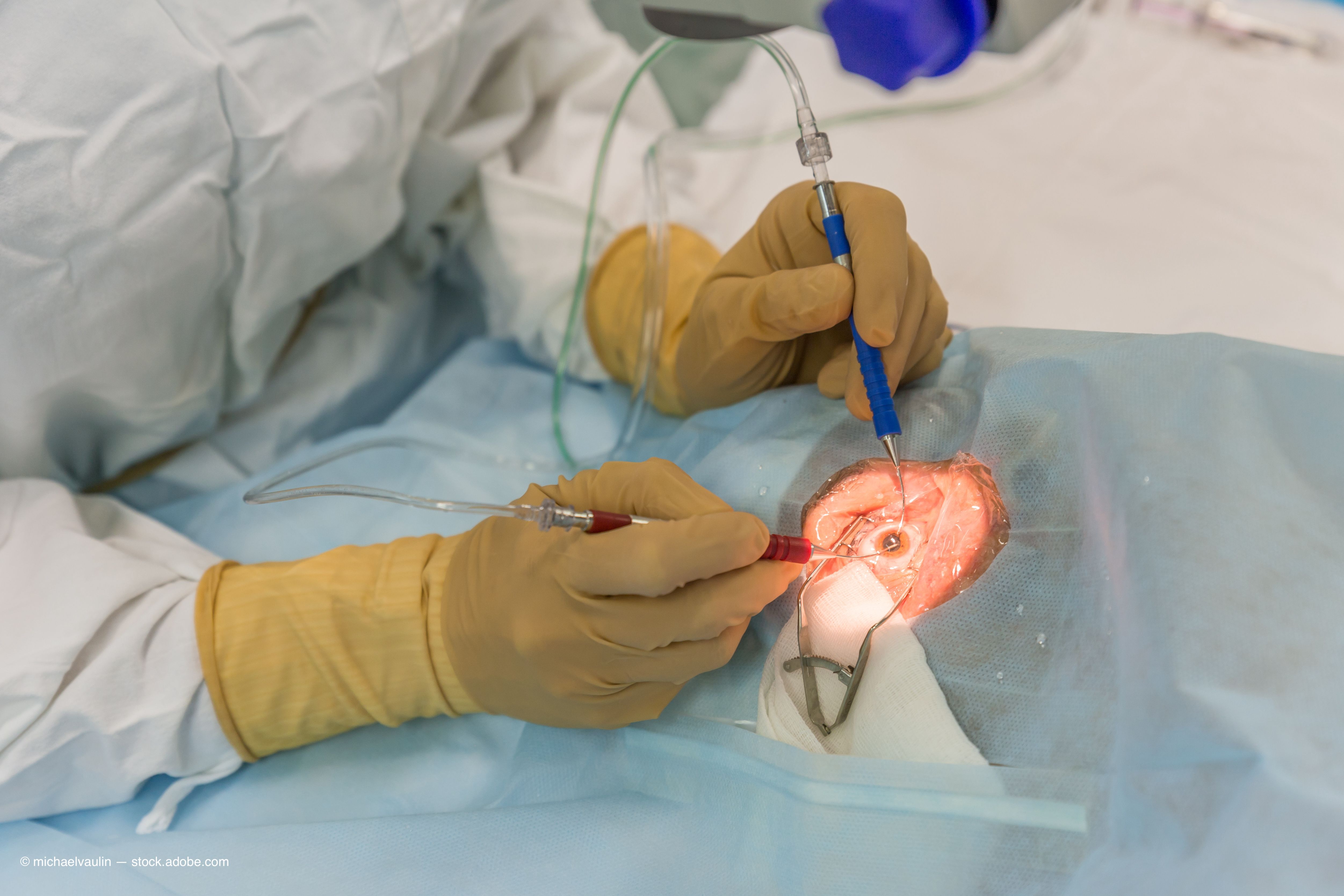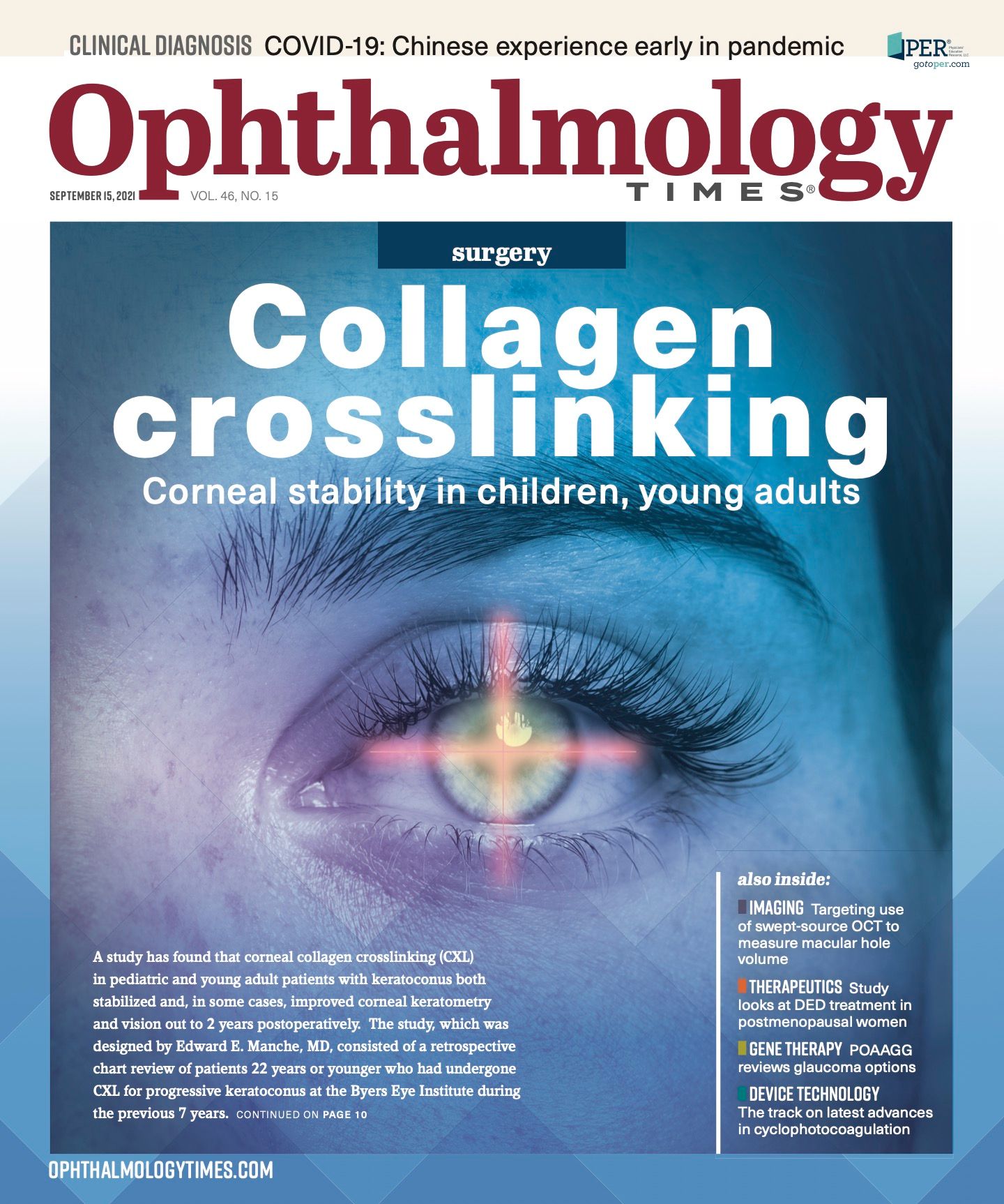Publication
Article
Digital Edition
Cataract surgery pearls for cases with poor mydriasis, zonules
Author(s):
Factors that lead to complications must be managed for best outcomes.

Special to Ophthalmology Times®
Modern cataract surgery is a generally successful procedure.
Recent advances—which involve the use of pre- and intraoperative pharmacological protocols combined with optimal instrumentation—allow for well tolerated and effective cataract surgery in most patients.1
However, certain preoperative factors increase the likelihood of complications in cataract surgery. These need to be managed effectively if we want the capsule to remain intact at the completion of surgery.
The small pupil presents one such challenging case for the surgeon.
Several techniques have been described in the literature for the management of insufficient mydriasis combined with zonular pathology, ranging from pharmacological to surgical strategies involving mechanical pupil dilation.2
Related: Impact of prior authorization for cataract surgery
To avoid complications, it is essential to enlarge the pupil while also stabilizing the capsule to maintain its integrity.
When dealing with patients who present with inadequate mydriasis as well as compromised zonules, I have come to rely on the Malyugin Ring (MicroSurgical Technology [MST]) together with MST Capsule Retractors, Chang Modification.
I find the capsule retractors to be useful in overcoming zonular weakness and giving support to the equator of the capsular bag.
However, in some cases, it is possible to use Malyugin Ring 2.0 to address the small pupil and stabilize the capsular bag.
Case study
The case involves a 75-year-old patient with a cataract complicated by pseudoexfoliation syndrome suboptimally dilated pupil.
The patient has been taking tamsulosin for several years to treat benign prostate hyperplasia.
Related: Micro-bypass stent implant during cataract surgery: lower IOP, fewer medications
Because the patient’s zonules were loose and the lens was mobile during the capsulorhexis procedure, my strategy was to use the Malyugin Ring 2.0 to address the small pupil and stabilize the capsular bag.
To perform the continuous curvilinear capsulorhexis, I used the 23G Seibel Capsulorhexis Forceps (MST), which feature a sharp tip and a rhexis ruler to allow for visibility and control during the procedure.
In many cases associated with a weak zonular apparatus, the lack of countertraction on the capsule could unintentionally result in a smaller rhexis diameter.
A smaller rhexis may not only increase the risk of damage to the capsular edge during the procedure, but also may also cause capsular phimosis in the postoperative period.
Related: Timing and earlier neurolept anesthesia for laser-assisted cataract surgery
My approach was to use the Malyugin Ring to stabilize the capsular bag and dilate the pupil, so I enlarged the rhexis to prevent the damage to the capsule that may occur while engaging the scrolls of the Malyugin Ring with the capsular edge.
The lens nucleus was fixed with the chopper to avoid excessive movement.
A 7.0 mm Malyugin Ring 2.0 was inserted into the anterior chamber. I engaged the iris to support and enlarge it while simultaneously catching the edge of the anterior capsule with the scrolls of the device.
This was done bimanually with the Malyugin Ring manipulator in one hand and the micro-hook retracting the capsular edge in the other hand.
In these cases, you only need up to 3 scrolls for the fixation because if you try to use 4, there might be too much stress on the capsule.
Since I was using only the Malyugin Ring 2.0, I did not have the same stability to the capsular bag equator as with the capsular hooks.
Therefore, the area with the loose zonules needed to be carefully monitored.
Related: App helps patients with cataracts have smoother surgery process
One option is to continuously inflate the capsular bag with dispersive ophthalmic viscosurgical devices to create a viscoelastic cushion and prevent the aspiration of the capsule equator.
I then inserted the conventional capsular tension ring and was able to safely remove the last fragments of the lens by stabilizing the capsular bag equator.
After removing the cortical material, I disengaged the scrolls of the Malyugin Ring from the rhexis and repositioned them to the iris to maintain pupil dilation.
When the anterior capsule was released, I could implant a single-piece IOL in the capsular bag.
Finally, the ring was removed from the eye, and triamcinolone acetonide suspension was injected into the anterior chamber to check for the possible presence of the vitreous strands.
Conclusion
Surgeons need to carefully evaluate multiple factors, such as pupil size, rigidity of the iris, sphincter fibrosis, and level of zonular weakness.
Related: VIDEO: Looking at technological advancements in cataract surgery
The Malyugin Ring 2.0 alone or in combination with capsule retractors helps alleviate complexities in these cases.
For surgeons, it is key to base the choice of instruments for small-pupil cataract surgery on the characteristics of the iris (eg, floppiness or stiffness of the stroma, sphincter fibrosis).
About the author
Boris Malyugin, MD, PhD
E: boris.malyugin@gmail.com
Malyugin is a professor of ophthalmology and deputy director general at the S. Fyodorov Eye Microsurgery State Institution in Moscow, Russia. Malyugin receives royalties from MST.
--
References
1. Malyugin BE. Recent advances in small pupil cataract surgery. Curr Opin Ophthalmol. 2018;29(1):40-47. doi:10.1097/ICU.0000000000000443
2. Hanna J, Kalbag N, Khouri AS. Visual outcomes after uncomplicated complex cataract surgery: Malyugin ring versus iris hooks. Investigative Ophthalmology & Visual Science. 2014; 55(13): 2812.

Newsletter
Don’t miss out—get Ophthalmology Times updates on the latest clinical advancements and expert interviews, straight to your inbox.




